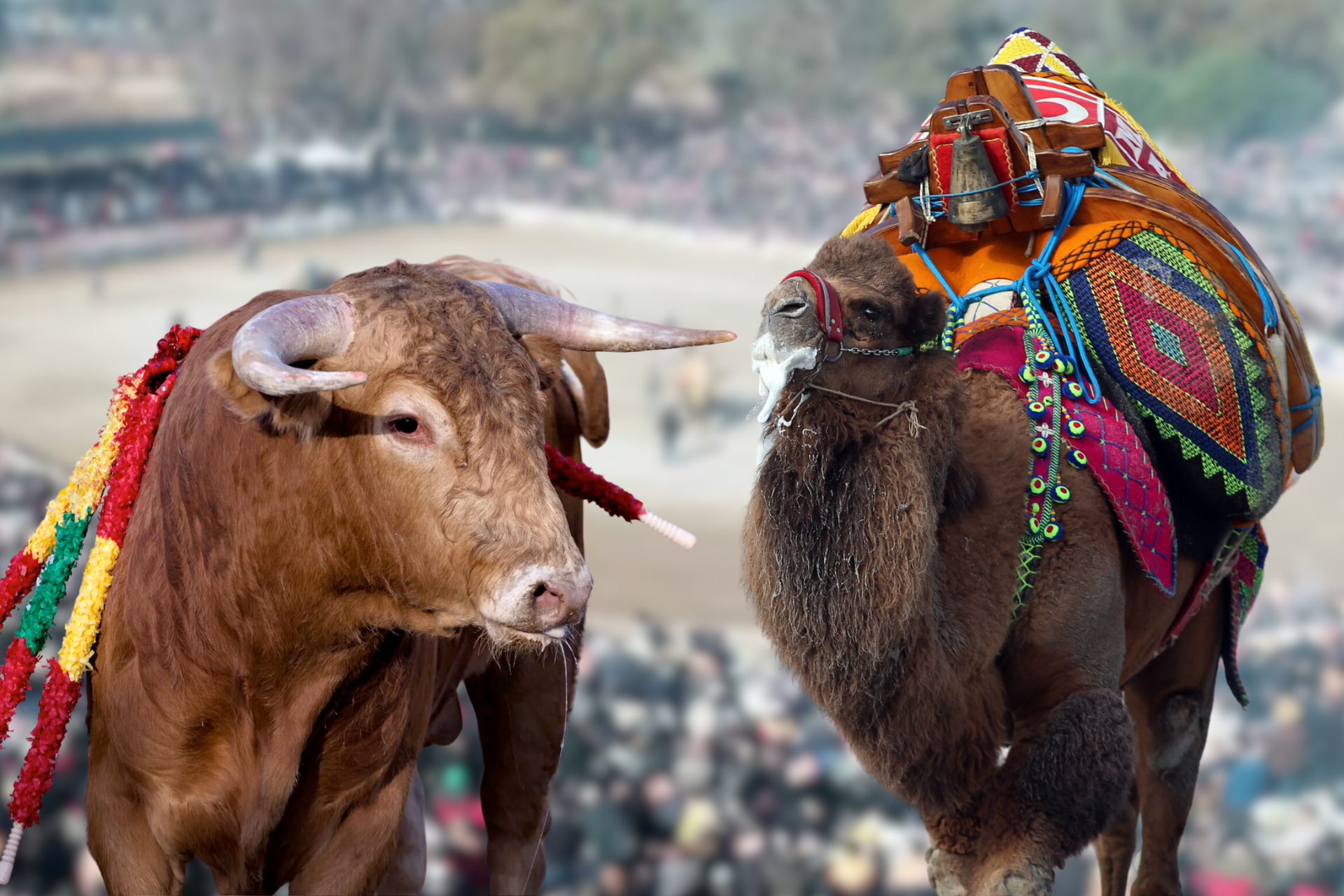
Animal competition traditions, often seen as cultural spectacles, have been practiced across the globe for centuries.
Two such events, camel wrestling in Türkiye and bullfighting in Spain, provide unique insights into the cultural heritage, animal roles, and societal values of their respective regions.
These traditions, though deeply rooted in history, continue to spark debates over their ethical implications and cultural significance in modern society.
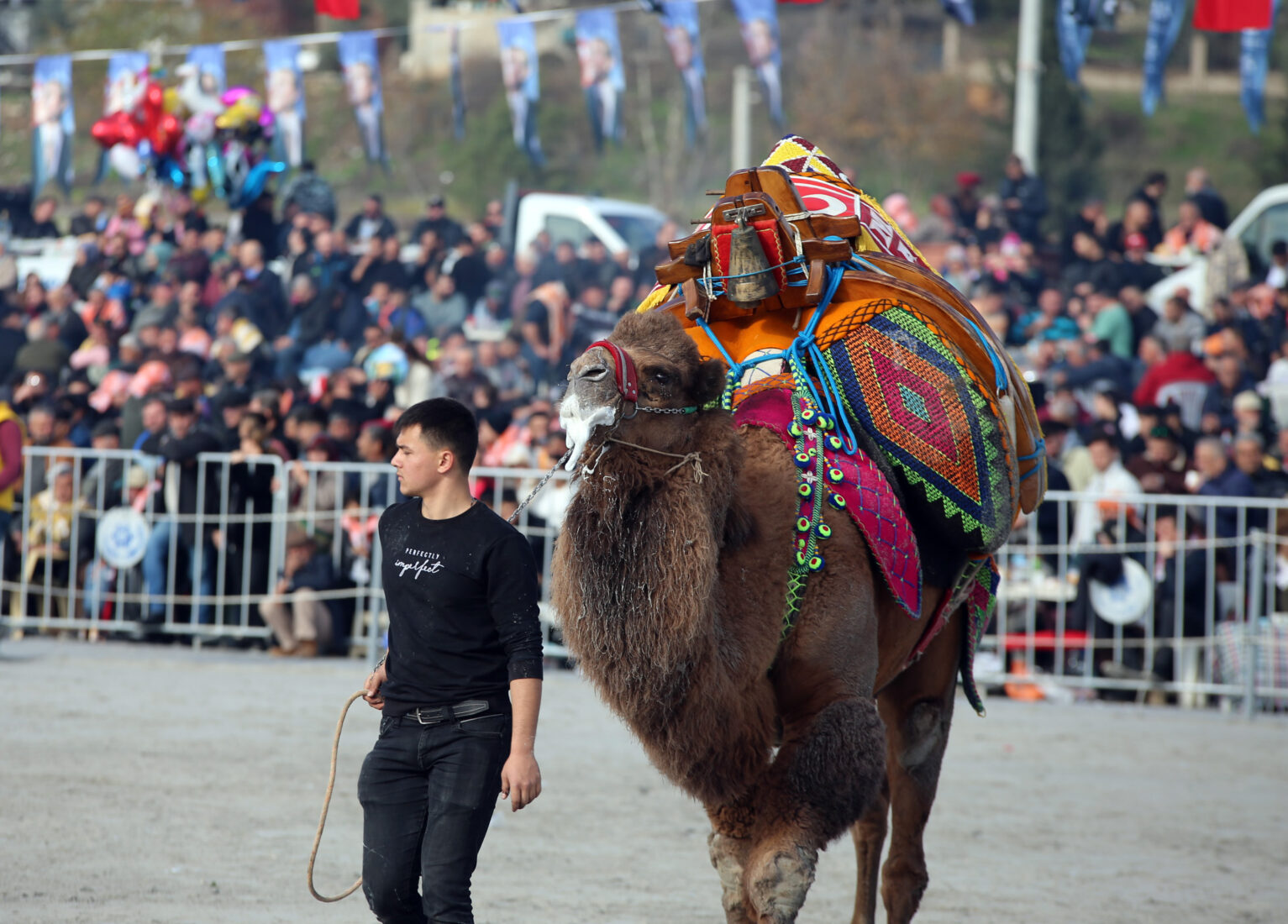
Camel wrestling, prevalent in Türkiye's Aegean and Mediterranean regions, traces its origins back to the nomadic Yoruk communities.
This centuries-old tradition remains a source of pride and cultural identity for many Turkish communities.
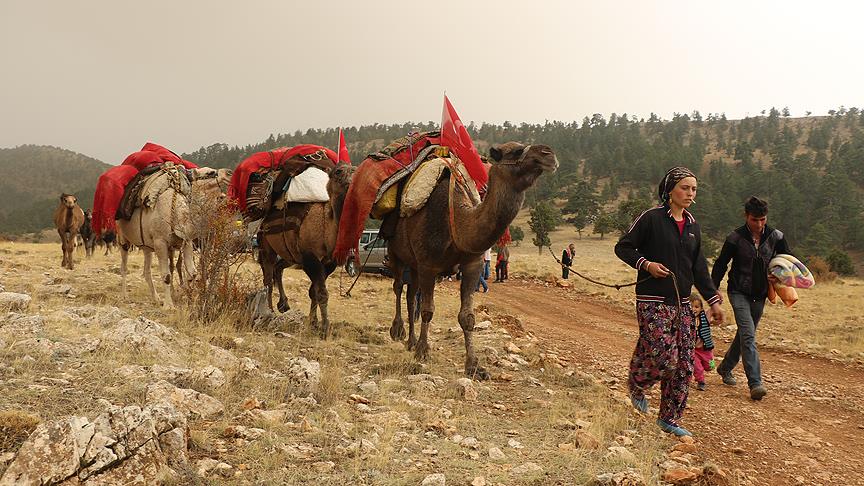
The origins of camel wrestling lie in the practicality of nomadic life. Camels, indispensable for trade and transport along the Silk Road, were also a source of entertainment during long journeys.
Competitions served as a way to assess the strength and temperament of these animals while fostering community bonds. As the practice migrated to Anatolia, it evolved into an organized event with its own set of rules and traditions.
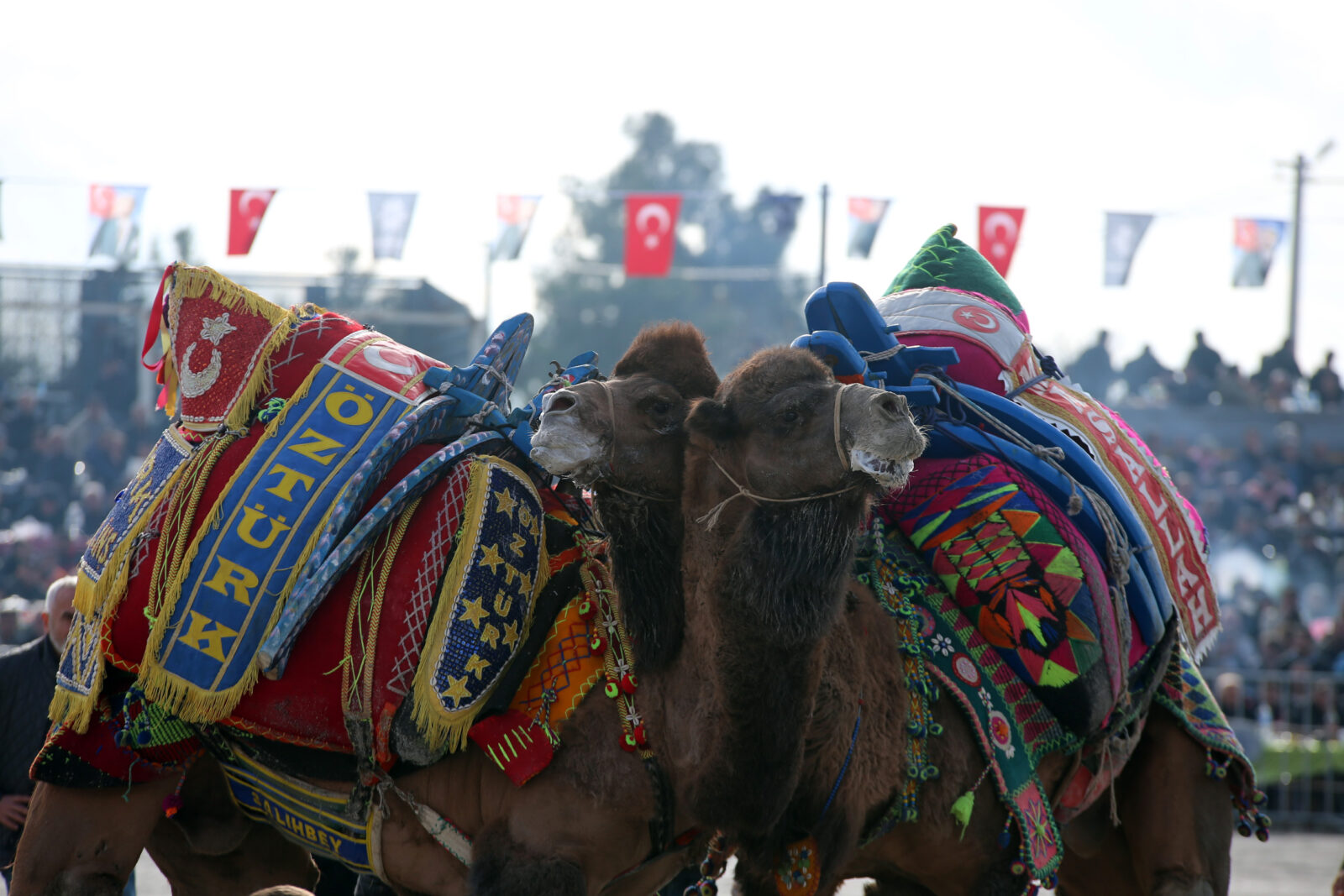
Camel wrestling involves male camels, known as "Tulu," bred as hybrids of dromedary and Bactrian camels. These animals are trained specifically for wrestling, and their natural aggression peaks during the winter mating season.
Handlers, called "savran," provide specialized care, including tailored diets and regular exercise, to ensure the camels are in optimal condition for competition. This careful preparation reflects the respect and value placed on the animals by their owners.
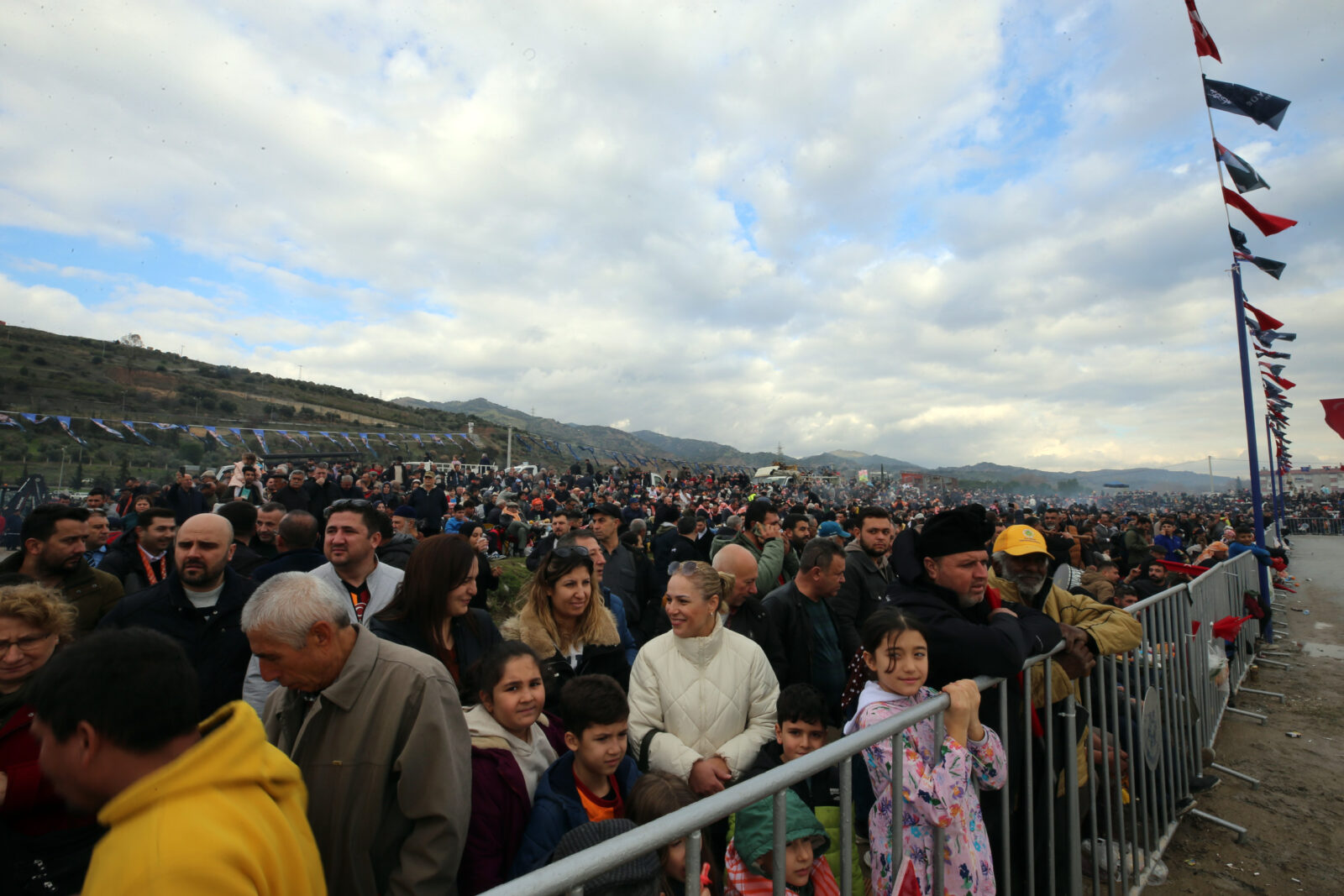
Camel wrestling matches, held between December and March, are busy festivals that transcend the competitions themselves. Communities gather to celebrate their heritage, with activities including:
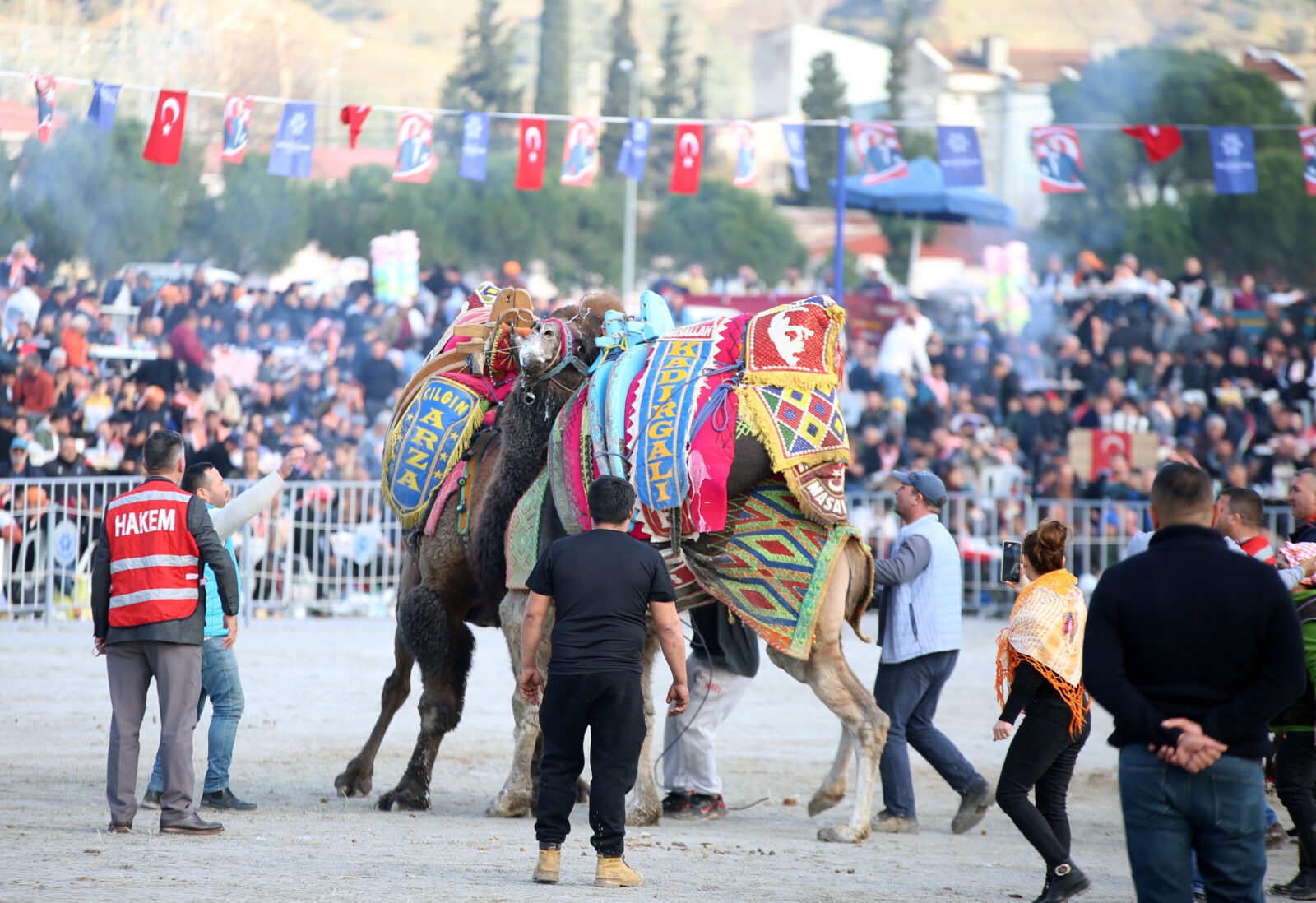
The matches take place in arenas under the supervision of referees and handlers to ensure safety. The camels are muzzled to prevent injuries, and the event halts if aggression escalates.
Matches are judged based on techniques such as pushing, tripping, and locking necks, with a camel winning by causing its opponent to retreat, fall, or emit a scream. Victorious camels earn prizes like rugs or monetary rewards, enhancing their owners' reputations.
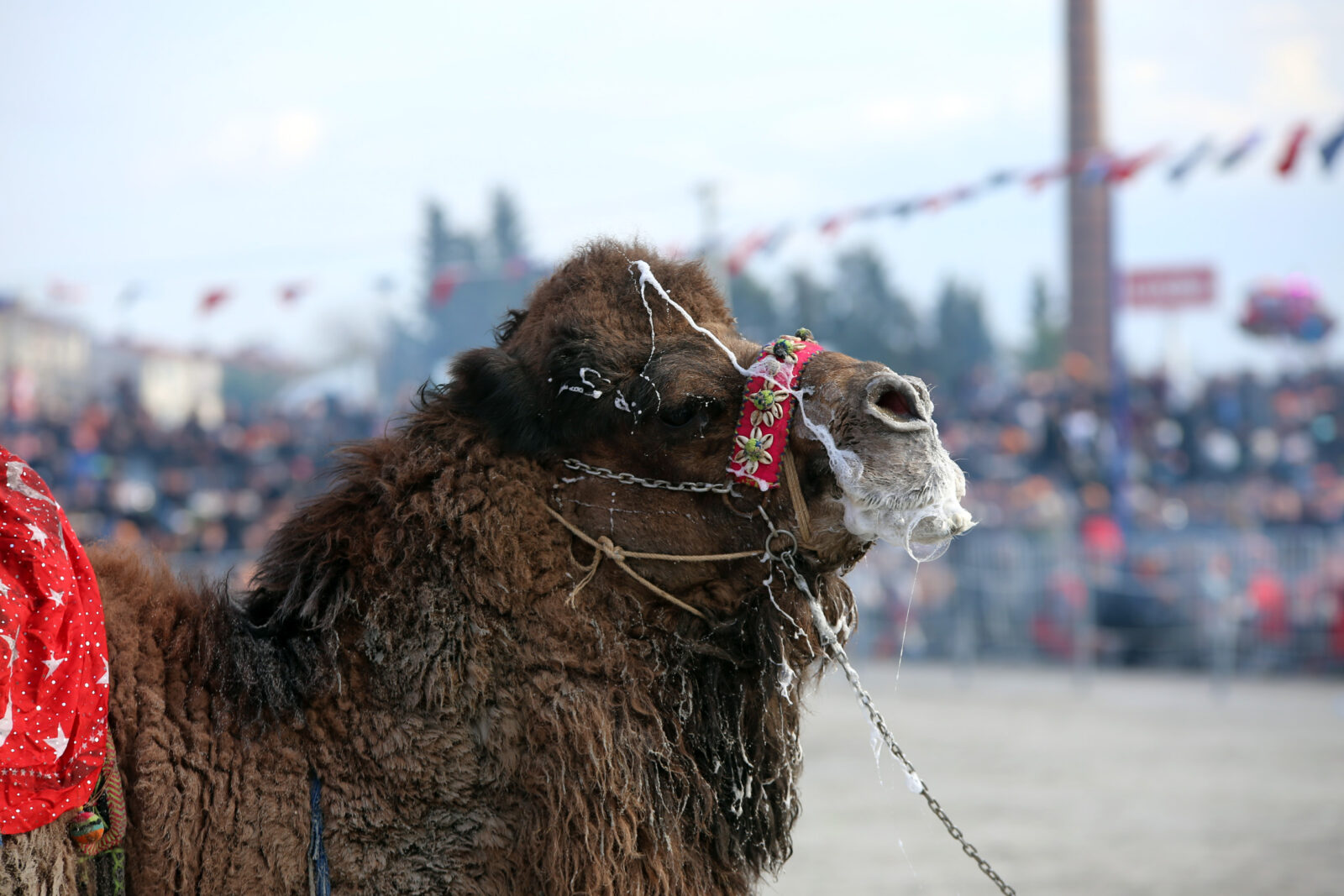
Camel wrestling, a tradition that brings communities together in Turkiye, extends its impact beyond entertainment by funding local projects like schools, mosques, and sports facilities. However, these events are not without criticism.
While organizers assert that camel wrestling is a safe practice for the animals involved, animal rights activists, such as those from the Animal Rights Federation (HAYTAP), argue otherwise.
Proponents counter these claims by emphasizing the precautions in place, such as limiting physical harm and closely monitoring the camels during matches.
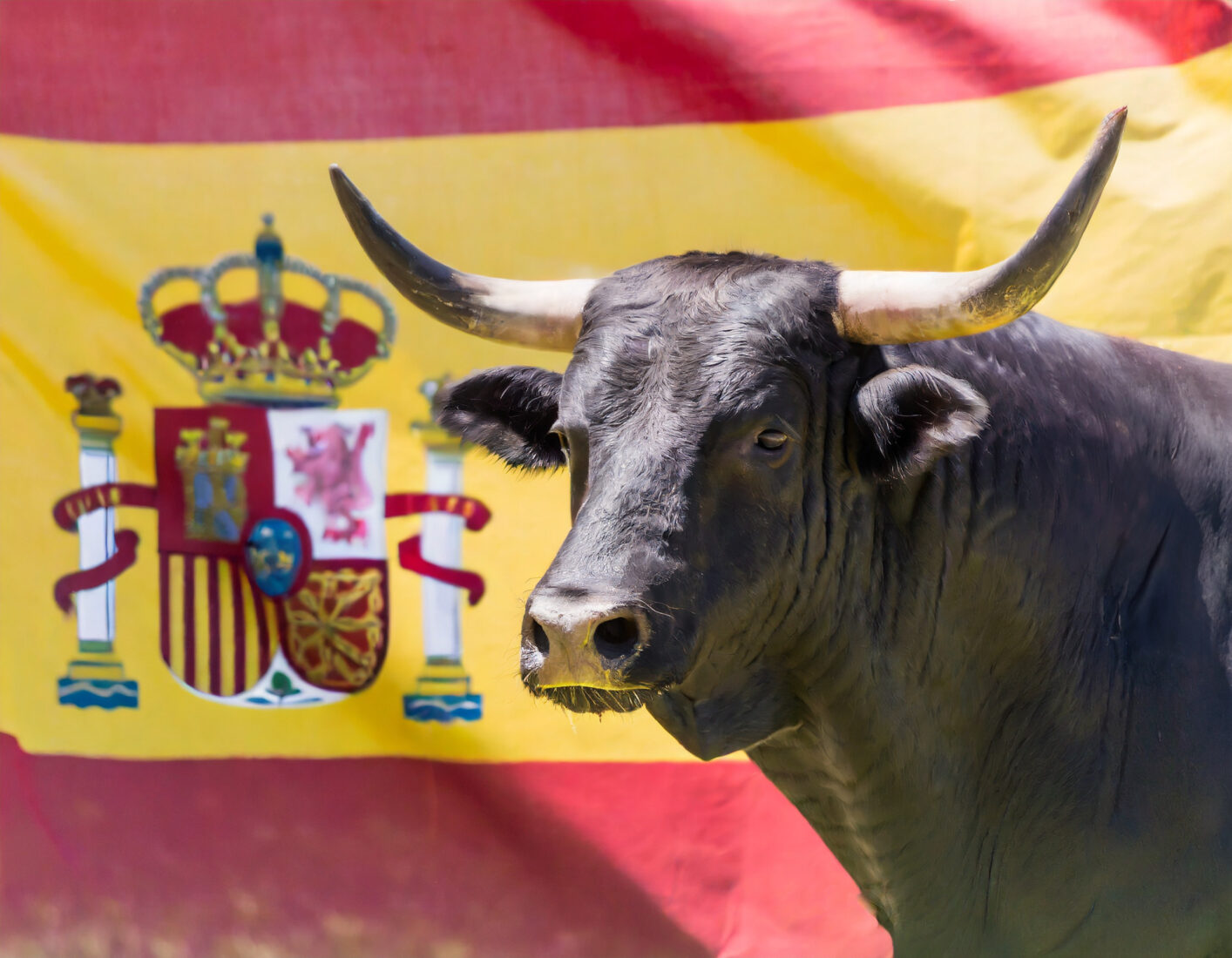
Bullfighting, or "corrida de toros," holds a storied place in Spanish culture, with roots tracing back thousands of years. Ancient Roman and Moorish influences shaped the practice, which evolved into its modern form in 18th-century Spain.
Despite its cultural significance, bullfighting remains highly controversial due to concerns over animal welfare.
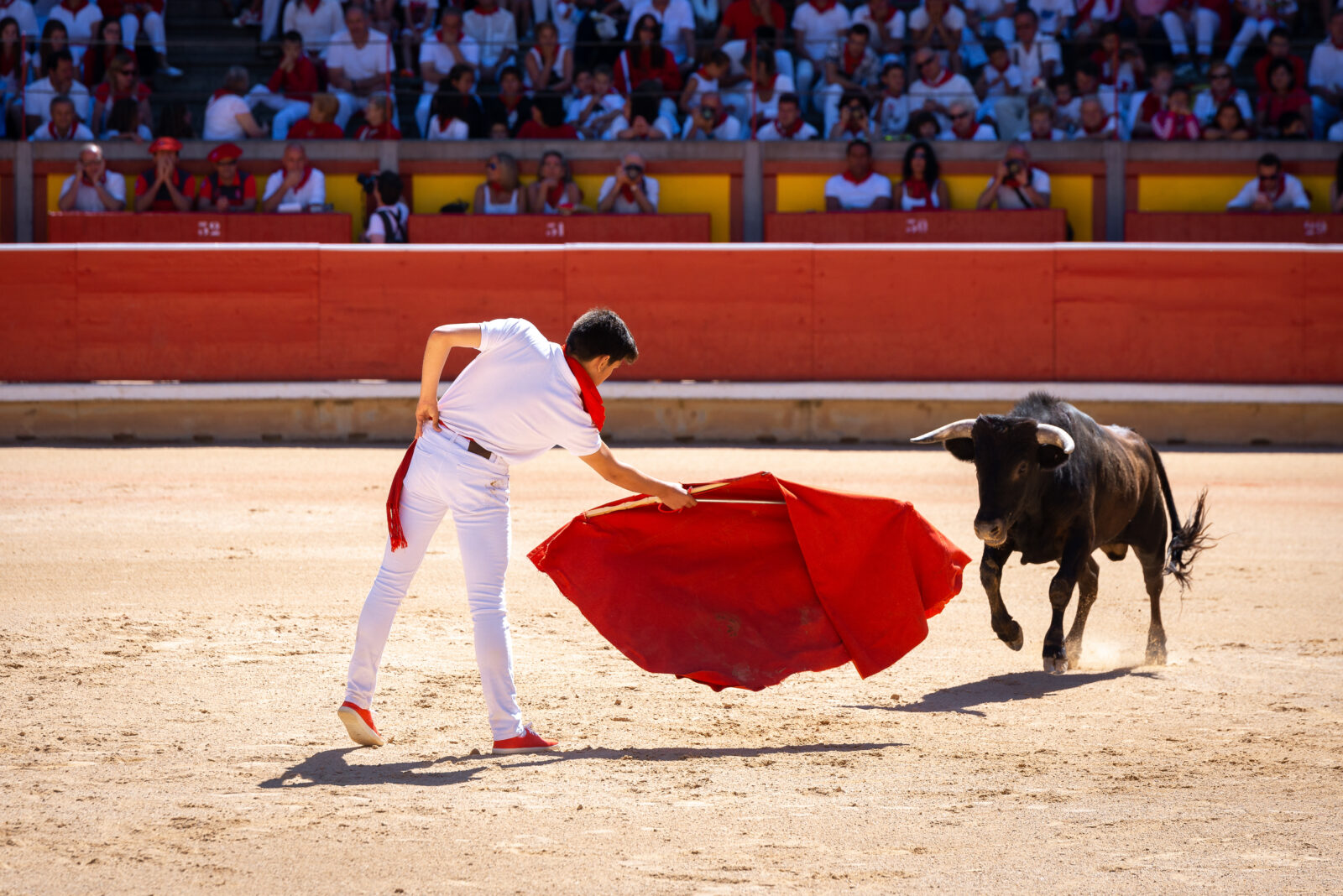
Bullfighting's origins can be traced to the Minoan civilization, where bull-leaping contests were depicted in art as early as 2000 B.C.
The practice spread to the Iberian Peninsula through Roman influence, where it merged with Moorish traditions of mounted hunting. By the 18th century, bullfighting transitioned from a noble pastime to a public spectacle, with the development of specific rules and rituals.
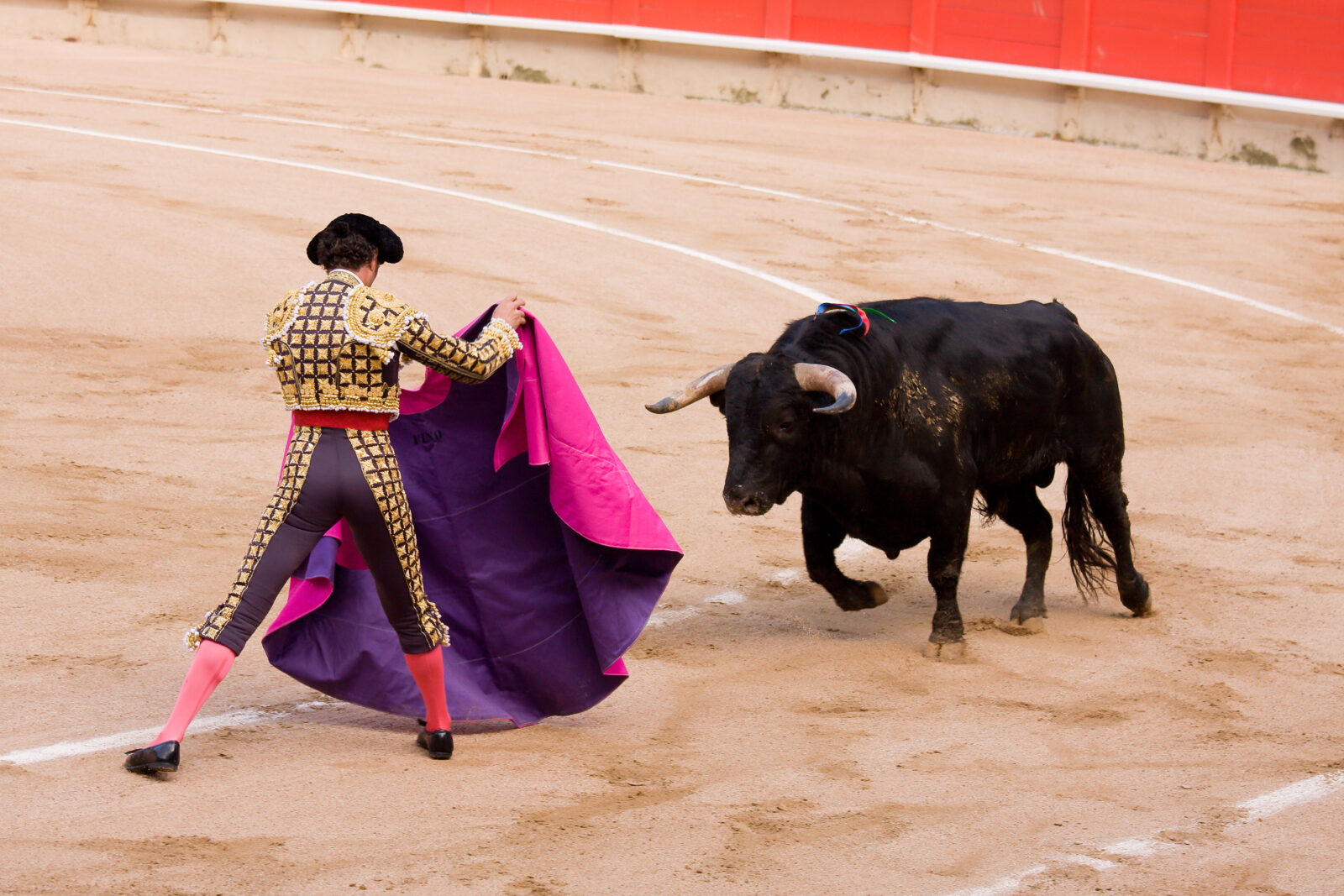
A traditional bullfight involves six bulls and 3 matadors, with the event divided into 3 acts, or "tercios":
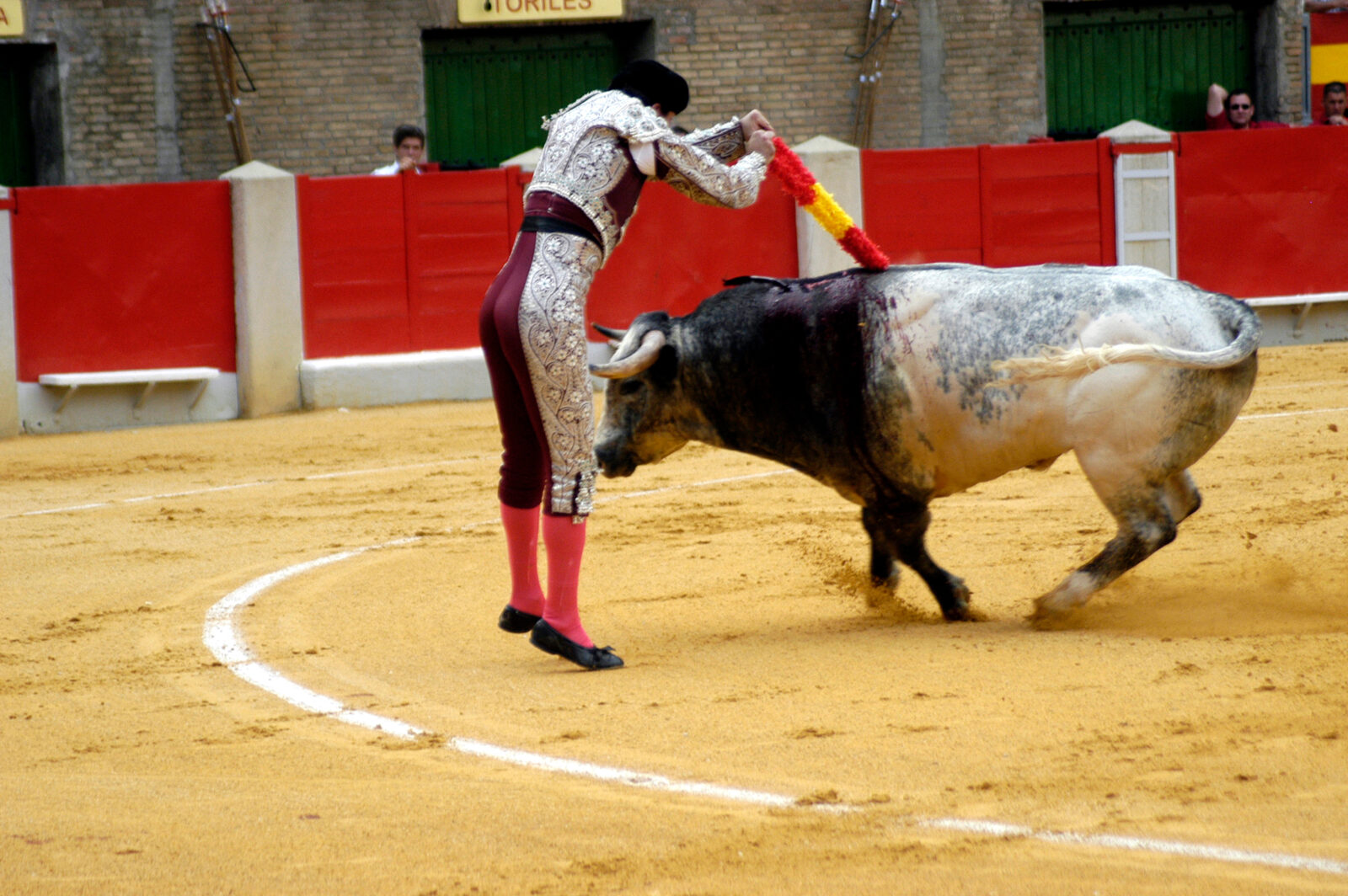
Bullfighting, while deeply embedded in Spanish culture, is a highly controversial tradition that sparks debates both within Spain and internationally. Supporters view it as an "art form" that combines skill, bravery, and centuries of history.
However, critics argue that bullfighting involves immense cruelty and is increasingly incompatible with modern ethical standards.
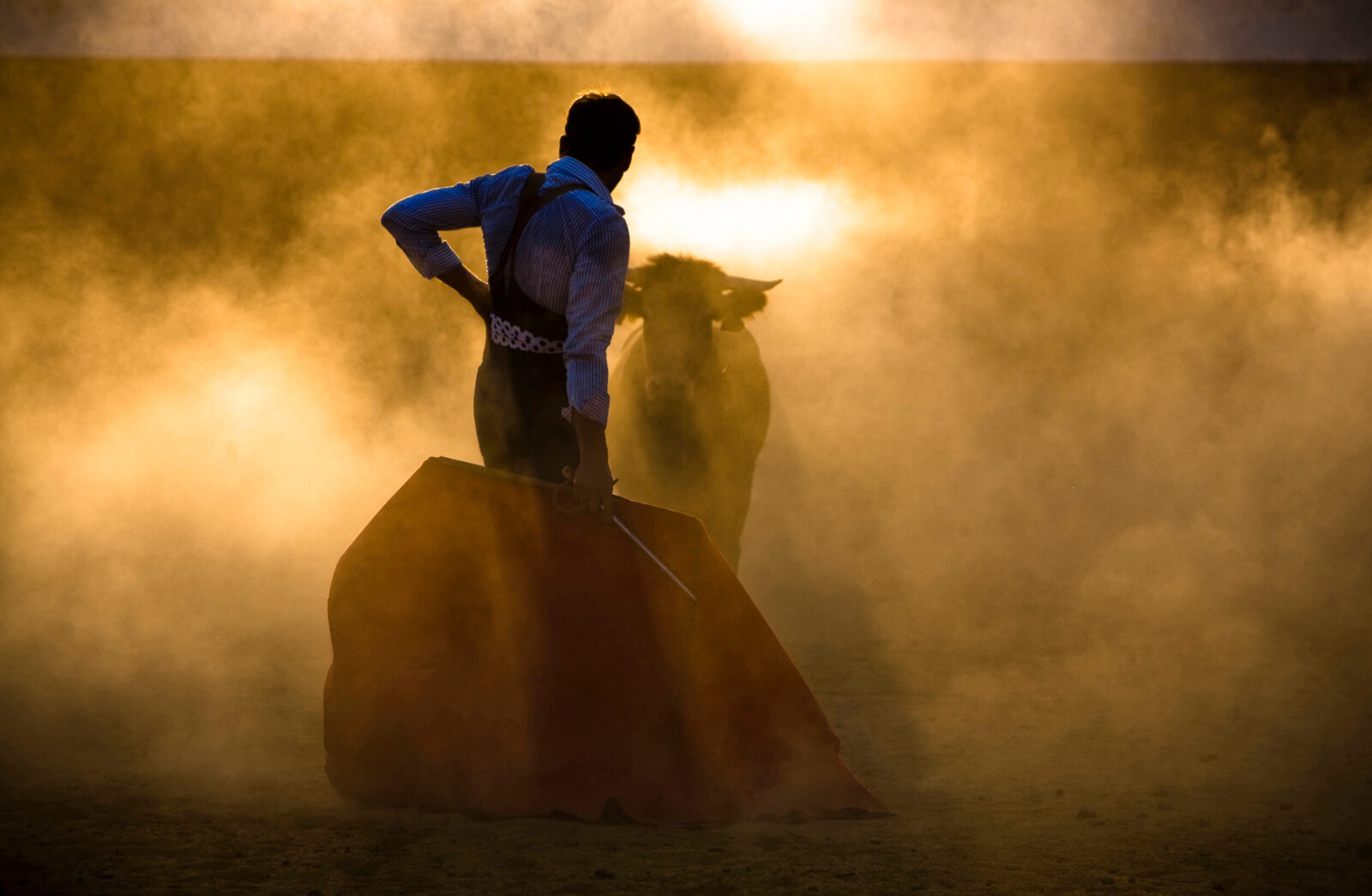
Despite these criticisms, proponents continue to defend bullfighting, citing its economic contributions, the preservation of rural bull-breeding traditions, and its role in Spanish cultural festivals.
Both camel wrestling and bullfighting face pressure to adapt as global awareness of animal rights increases.
While camel wrestling in Türkiye prioritizes community and cultural celebration, debates about its stress on animals persist. In Spain, bullfighting continues to polarize society, with its future hinging on the balance between tradition and ethical considerations.